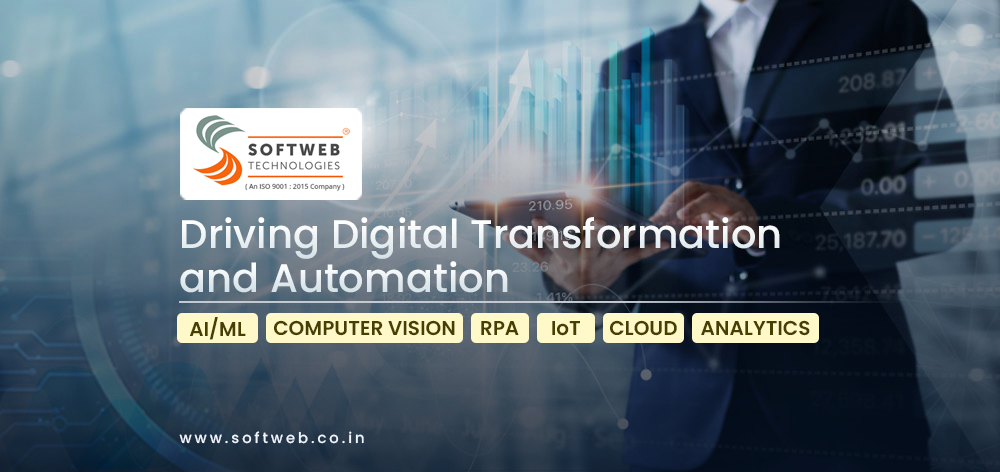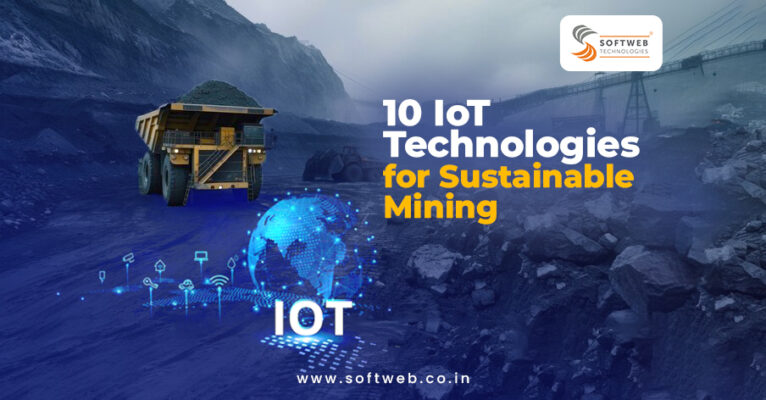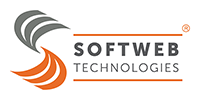As mining operations evolve with digital transformation, managing assets effectively has become more critical than ever. From mobile equipment and conveyor systems to fixed infrastructure, each asset must be carefully managed to ensure operational continuity, safety, and profitability. In the era of Mining 4.0, mine asset management is not just a maintenance strategy—it’s a value driver.
How asset management is transforming modern mining operations, the key components and strategies involved, and future trends driven by technology, sustainability, and operational intelligence.
Why Mine Asset Management Matters
Mining is a capital-intensive industry. Equipment breakdowns, inefficient resource usage, and unplanned downtimes can lead to substantial losses. Mine asset management is a structured approach that enables mining companies to maximize the value of assets throughout their entire lifecycle—from acquisition and operation to maintenance and disposal.
Effective asset management brings several tangible benefits:
- Reduced unplanned downtime
- Extended asset life
- Better cost control
- Improved health and safety compliance
- Increased operational efficiency
At its core, asset management aligns performance, risk, and cost for better decision-making at every level of the operation.
Core Components of Mine Asset Management
1. Asset Lifecycle Management
Managing the lifecycle of assets involves tracking their performance from the day they’re acquired to the day they are retired. This includes:
- Installation and commissioning
- Daily operational monitoring
- Preventive and predictive maintenance
- Refurbishment or disposal
By maintaining comprehensive lifecycle records, mining companies can plan budgets more accurately, reduce unexpected failures, and optimise total cost of ownership.
2. Risk Management
Every asset in a mining operation poses a potential risk—from safety hazards to production losses. A structured risk management framework helps identify, assess, and mitigate these threats. This includes:
- Health and safety risk assessments
- Failure mode effect analysis (FMEA)
- Condition monitoring for high-risk equipment
Risk-based asset strategies lead to more resilient and compliant mining operations.
3. Performance and Reliability Management
Mining companies are increasingly embracing predictive maintenance techniques to monitor and improve asset performance. By analysing equipment usage data and failure trends, operators can:
- Identify underperforming assets
- Schedule maintenance before breakdowns occur
- Avoid over-maintenance that wastes resources
Performance metrics such as Overall Equipment Effectiveness (OEE) and Mean Time Between Failures (MTBF) guide proactive decision-making.
4. Cost and Maintenance Management
Uncontrolled maintenance costs can drain mining budgets. Mine asset management introduces cost transparency by:
- Tracking actual maintenance spend versus budget
- Identifying cost-saving opportunities in procurement and logistics
- Prioritising high-impact maintenance activities
A robust maintenance strategy that includes condition-based and time-based interventions reduces unnecessary expenditures and increases asset ROI.
Driving Sustainability Through Asset Management
Today’s mining companies are under increasing pressure to reduce their environmental footprint. Sustainable mining involves not just reclaiming land or reducing emissions, but also using equipment and infrastructure responsibly.
By extending the usable life of machinery, optimizing fuel usage, and reducing water and energy wastage, mine asset management contributes directly to:
- Lower carbon footprint
- Better resource efficiency
- Responsible supply chain practices
This aligns with global ESG expectations and long-term environmental commitments.
The Role of Digital Transformation and IoT in Mining
The mining sector is rapidly embracing digital transformation, and asset management is at the center of this shift. Technologies such as:
- IoT in Mining (Internet of Things)
- Advanced analytics and machine learning
- Digital twins
- Real-time monitoring dashboards
These innovations provide accurate, real-time insights into asset health and performance. IoT sensors, for example, continuously track parameters like vibration, temperature, pressure, and wear, feeding this data into a mine digitization platform that supports smarter, faster decisions.
Strategies for Effective Asset Management
A successful asset management program requires more than just tools—it needs a structured strategy, cultural buy-in, and continuous improvement. Key elements include:
1. Aligning Asset Strategy with Business Goals
Asset performance should directly support organizational KPIs—whether that’s increasing ore throughput, improving safety, or reducing environmental impact.
2. Leadership Commitment
Mine leaders must champion asset management, invest in upskilling teams, and foster a culture of reliability, responsibility, and continuous improvement.
3. Adopting a Centralized Mine Digitization Platform
Platforms like MiningPro unify data from various sources—CMMS, ERP, and IoT systems—into a single source of truth. These platforms enable better planning, performance tracking, and compliance reporting.
4. Embracing Predictive and Prescriptive Maintenance
Using machine learning and historical data, predictive models can foresee equipment failure patterns and prescribe the best course of action—before issues escalate.
Emerging Trends in Mine Asset Management
As the mining industry evolves, several key trends are shaping its future:
1. Sustainability-Centric Asset Strategies
Companies are integrating circular economy principles into their asset strategies. For example, reusing components, remanufacturing parts, and recycling equipment wherever possible.
2. AI-Driven Decision-Making
Artificial Intelligence is transforming how asset data is analysed. From anomaly detection to automated alerts, AI tools enhance asset diagnostics and reduce human error.
3. Remote Asset Monitoring
With the rise of 5G and satellite communications, remote mines can now enjoy the same level of monitoring and management as central hubs—enabling real-time visibility and intervention from anywhere.
4. Integration of ESG Metrics
Modern asset management systems are beginning to track Environmental, Social, and Governance (ESG) performance indicators alongside operational metrics.
Final Thoughts: Building a Smarter, Sustainable Mining Future
Mine asset management is no longer a siloed maintenance function—it is a strategic pillar of modern mining enterprises. Whether it’s reducing downtime, boosting performance, meeting ESG targets, or leveraging the power of IoT in mining, asset management is the foundation that ties it all together.
With the right mix of digital tools, predictive strategies, and cultural alignment, mining companies can transform their operations into agile, efficient, and sustainable enterprises.
As we move further into an era shaped by automation and analytics, integrating asset management into a broader digital transformation journey is not just smart—it’s essential for survival and growth in the competitive mining landscape.
.




